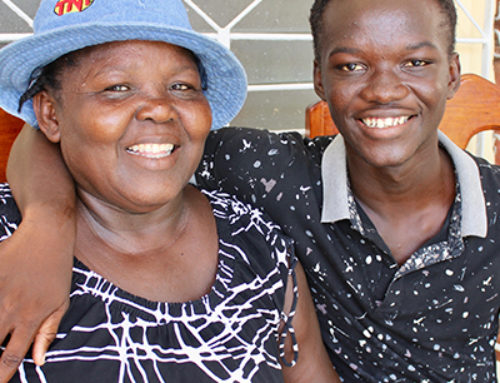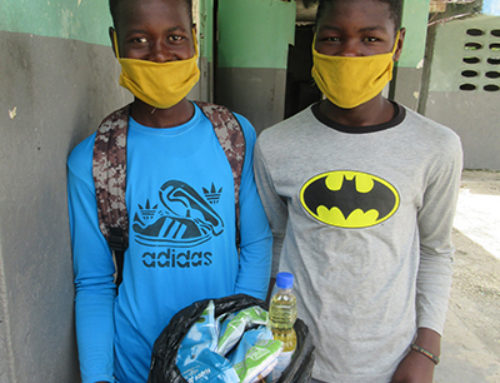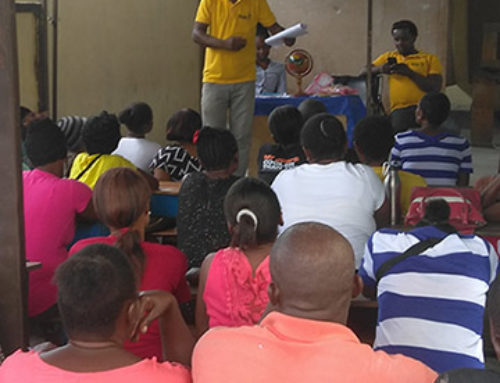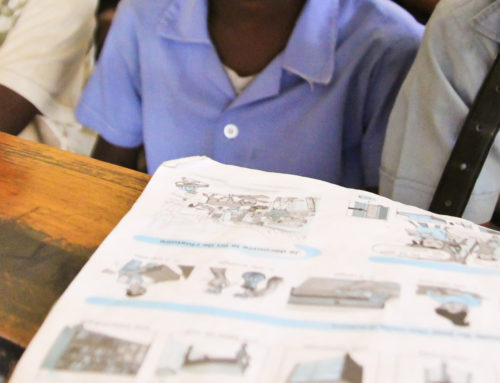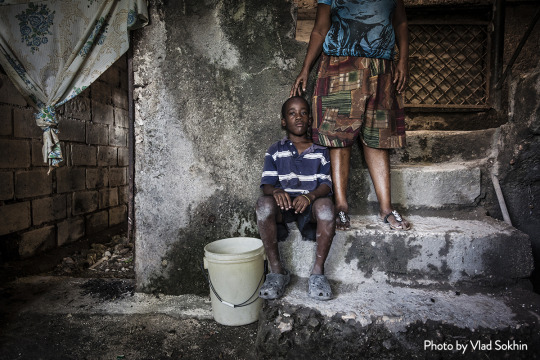
According to the National Human Trafficking Resource Center, there are approximately 20.9 million victims of human trafficking around the world. Human trafficking is a form of modern-day slavery that includes sex trafficking, child slavery, and labor trafficking. Victims of trafficking are typically coerced into slavery due to poverty, young age, little education and opportunity for work, or lack of family and other support system.
Awareness of human trafficking has grown exponentially over the last several years. We are no longer naive to some of the horrors that can exist right around the corner from our favorite local spot, and we are even starting to understand some of the warning signs of trafficking. Numerous organizations are rising up to put an end to slavery and are rescuing people from slavery every single day. Not only are these organizations rescuing victims of trafficking, but they are helping equip the general population to help victims as well.
But what happens when victims are rescued? Do they automatically revert back to how life was before they were sold into slavery? How easy is it, actually, to adjust to life outside of slavery? As most of us can only imagine, those who have been forced into any type of slavery experience both emotional and physical trauma at the hands of their owners, and that trauma has serious implications for the way our brains operate. These changes in the functionality of our brains can impede the way we engage in our daily lives.
To better understand the mental, emotional, and physical processing victims of trafficking go through when they are rescued, here are four things to understand about how our brains change when we are treated as property:
- Constant activation of “Fight or Flight” system — Kicking into our fight or flight mode is also known as experiencing an acute stress reaction. These reactions are a product of adrenaline being released by our sympathetic nervous system. Our heart rate increases and muscles tighten as our body prepares itself to either engage in combat or to escape. Victims of human trafficking are in a constant state of survival mode, giving their minds or bodies no rest from these physiological responses. It also contributes to the overproduction of stress hormones, which we will discuss in more detail in number three.
- Underproduction of neurotransmitters — Neurotransmitters are calming brain signals that we receive in several ways, including being in a safe environment and through loving, affectionate touch, neither of which people living in slavery receive. Therefore, it slows down the production of neurotransmitters in their brain,
and this can lead to many mental health disorders. - Overproduction of stress hormones — Since acute stress reactions are nearly constant in the lives of those suffering from trauma, adrenaline is overproduced. A build up of adrenaline can lead to withdrawal, anxiety, depression, aggression, and delinquent behaviors.
- Development of mental health disorders — Studies have found that many children and adults who were victims of human trafficking now suffer from mental health
concerns such as post-traumatic stress disorder and depression.
The more informed we are on the issue, the better we are able to relate to and encourage those in our lives who might be victims of human trafficking.
We at Restavek Freedom are committed to making lives better through ending restavek, a form of child slavery in Haiti. If you are interested in joining us, or want to learn more about what we do, visit our website or contact us today.


